A Guide to Different Types of Eye Drops and When to Use Them
If your eyes are dry, red, irritated, or itchy, you may instinctively reach for a bottle of eye drops to find relief. But did you know that not all eye drops are the same? Different types of drops are designed to treat specific eye conditions, and using the wrong kind may not be effective—or worse, could make your symptoms worse.
To help you choose the best option for your needs, here’s a guide to the different types of eye drops and what they do.
1. Eye Drops for Dry Eyes
If your eyes often feel dry and irritated—whether from extended computer use, exposure to wind, or simply feeling overtired—you may benefit from lubricating eye drops, also called artificial tears.
Artificial tears mimic the composition of your natural tears, helping to moisturize your eyes and keep them comfortable. Most over-the-counter lubricating drops contain ingredients like electrolytes and lubricants that help maintain a healthy tear film.
For severe dry eye symptoms, you may need a thicker lubricating gel or ointment, which provides longer-lasting relief but may cause temporary blurriness. In some cases, prescription-strength eye drops may be recommended by your optometrist to reduce inflammation and stimulate tear production.
2. Eye Drops for Red Eyes
Eye redness is a common issue caused by factors such as irritation, allergies, dryness, or fatigue. Over-the-counter decongestant eye drops can help reduce redness by constricting the blood vessels in the white part of your eye, making them appear less red.
However, use these drops with caution. Overuse can worsen redness over time, a condition known as rebound redness, where your eyes become even redder when you stop using the drops.
If you frequently experience red eyes, it’s best to consult your optometrist to identify the underlying cause rather than rely on decongestant drops.
3. Eye Drops for Allergies
If your eyes are itchy, watery, and swollen due to seasonal allergies, antihistamine eye drops can provide relief. These drops work by blocking histamines, the chemicals that trigger allergic reactions, reducing itching, soreness, redness, and swelling.
For more severe allergic reactions, your optometrist may recommend prescription-strength anti-inflammatory drops containing nonsteroidal anti-inflammatory drugs (NSAIDs) or steroids.
If allergies frequently affect your eyes, consider reducing exposure to allergens by:
- Wearing sunglasses outdoors to shield your eyes from pollen.
- Keeping windows closed on high-pollen days.
- Washing your hands frequently to avoid transferring allergens to your eyes.
4. Eye Drops for Contact Lens Wearers
If you wear contact lenses, you may experience occasional dryness or discomfort throughout the day. However, not all eye drops are safe to use with contact lenses.
Rewetting drops are specially formulated to provide relief for contact lens wearers by rehydrating lenses and reducing irritation. Using regular lubricating drops that aren’t designed for contacts can cause buildup on your lenses and blur your vision.
If you wear contacts and struggle with dry eyes, consult your optometrist to find the best rewetting drops for your specific lenses.
5. Eye Drops for Special Conditions
Certain eye conditions require medicated eye drops to help treat infections, inflammation, or chronic conditions. Some examples include:
- Antibiotic drops for bacterial pink eye (conjunctivitis).
- Steroid drops to reduce inflammation after surgery or injury.
- Prescription drops to lower eye pressure in people with glaucoma.
- Antiviral eye drops to treat viral eye infections, such as herpes simplex keratitis.
If you suspect you have an eye infection or another serious condition, don’t self-diagnose or rely on over-the-counter drops. Always consult an eye care professional to get the right treatment for your symptoms.
How to Use Eye Drops Properly
Regardless of which type of eye drops you use, proper application is key to ensuring they work effectively. Here are a few simple steps to apply eye drops correctly:
- Wash your hands thoroughly before handling the bottle.
- Tilt your head back and look up.
- Gently pull down your lower eyelid to create a small pocket.
- Squeeze one drop into the pocket without touching your eye with the dropper.
- Close your eyes for a minute and avoid blinking to allow the drops to absorb.
- Wait at least five minutes before applying a second type of eye drop, if needed.
If you struggle with getting drops into your eyes, try practicing with artificial tears first.
Find the Right Eye Drops with Help from an Optometrist
With so many eye drop options available, choosing the right one can be confusing. The best way to determine which eye drops are right for you is to consult with an optometrist.
At Optometrists’ Clinic Inc., our experienced eye doctors can diagnose your eye condition and recommend the best treatment—whether that’s over-the-counter drops, prescription medication, or another solution.
We also offer a full selection of prescription eyeglasses, contact lenses, and eye care products at our five locations in Edmonton, Leduc, and Westlock.
Contact us today to schedule an eye exam and find the best eye drops for your needs.




